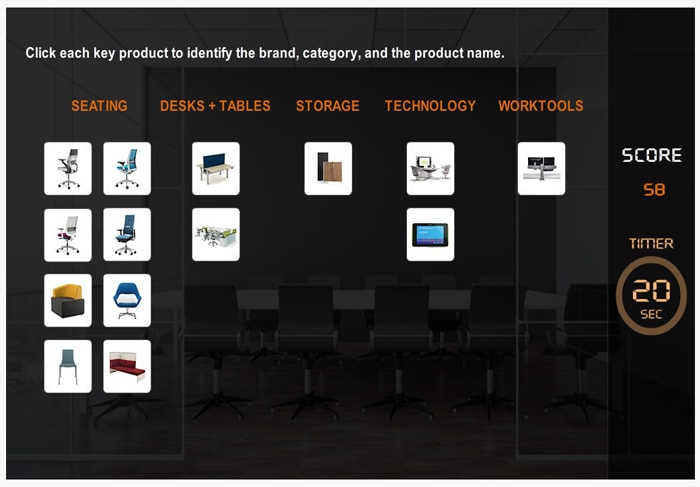Proving the Worth of eLearning Outsourcing: The Inside Story
This blog highlights 3 examples that prove the worth of e-learning outsourcing. Go through this inside story to understand how outsourcing has helped our clients achieve their training requirements.

Whether you like it or not, e-learning outsourcing is here to stay. As organizations are constantly on the lookout for cost-effective ways to rollout online training programs, handing over non-core business functions like e-learning course development to the experts is an alluring prospect. Globalization and accelerated demand for online training programs have made organizations look at offshore outsourcing as a way to reduce costs and improve performance. To help you gain a better understanding on e-learning outsourcing, we bring you the inside story on how our clients have benefited from outsourcing.
Apart from cutting costs and speeding up e-learning development, there are numerous other purposes that outsourcing can serve. In this blog we look at three different examples that highlight the worth of e-learning outsourcing.
1. Outsourcing to Update Existing Training Programs
Outsourcing an e-learning course need not necessarily involve a training program that needs to be designed from scratch. Outsourcing can be used effectively to update existing training programs.
Australia’s leading financial services provider partnered with us to upgrade and recreate legacy courses. The client wanted to update existing online training programs to reflect the latest branding guidelines of the company and make the courses accessible on mobile devices. A total of 40 courses had to be updated. Some of them were developed in Flash while others were developed using an older version of Lectora. The client wanted these courses recreated using Lectora Inspire 17.
There were 2 requirements the client wanted addressed in this e-learning outsourcing project:
- Upgrade existing e-learning modules in Lectora to the latest version
- Recreate Flash-based modules to make them HTML5-compatible
The non-availability of source files for the Flash-based courses meant that courses had to be recreated from scratch. The responsive course design features of Lectora 17 were utilized to recreate mobile-compatible courses.
Here is what the client gained after outsourcing the project. 40 responsive modules with each module containing 20-60 slides each. Each module was high on interactivity, with almost 60% interactive slides and 40% static slides.
2. Outsourcing for Innovative Training Strategies
Our next example is an e-learning course developed for a global furniture manufacturing company. The company had several products that varied across regions such as Americas, EMEA, and APAC. Products were grouped into 6 categories and employees and distributors had to be familiar with the top 26 products in each category.

The aim of the course is for learners to recognize products. So we decided to make the learning experience fun by designing a gamified course. Learners are asked to identify the brand, category, and product name for each picture that is displayed. The question is timed and scored. For correct responses the box turns green, for partially correct answers it turns amber, and for incorrect responses it turns red. Each learner begins the course with 100 points and gains or loses points depending on their answers. This e-learning course designed using Storyline 2 succeeded in motivating learners to complete the course. Outsourcing this project helped the client rollout the training program in 2 months.
3. Outsourcing for Translations and Timely Solutions
One among the world’s best automobile manufacturers approached us to design engaging e-learning courses for their sales teams. There were 11 different courses that had to be developed; 2 courses on automobile models, 4 on motorcycle models, 1 mobile application, 1 on after-sales customer service, and 3 miscellaneous courses. The company also wanted the courses translated into 17 different languages.
We used standardized templates in Lectora Inspire to build a brand image and reduce e-learning course development time. During course development, we encountered a unique challenge. There was a huge demand for the mobile application in Germany and France and therefore the client wanted the translated versions of the app in German and French before signing off on the English version. The normal process is to get a sign-off on the English version before going ahead with translations. Because of the smooth e-learning outsourcing partnership we shared with the client, we decided to bend the rules and help them rollout the translated versions earlier. So, a total of 11 courses, each one translated into 17 different languages and a score of 90% on a customer satisfaction survey speaks volumes about how outsourcing the project helped our client rollout the online training programs on schedule.
While these are just a few examples from our work portfolio, there are many more case studies you can explore by clicking here.
Resourceful outsourcing vendors are sure to have a solution to address every learning need. Are you ready to begin your e-learning outsourcing journey?





